Did you know that Florida boasts over 30,000 lakes? This intriguing fact makes it a must-visit for any nature lover or adventurer. But why so many? And what makes each of them unique? That's what we'll explore in our comprehensive guide, '30,000 Reasons To Visit: The Lakes In Florida'.
Florida's lakes play a crucial role in the state's rich biodiversity and climate regulation, and they offer countless recreational opportunities for residents and tourists alike. From the crystal-clear waters of the natural lakes to the man-made reservoirs teeming with marine life, each one has a story to tell.
In our tour, we'll take you from the northern panhandle all the way to the Keys, unraveling the beauty of these aquatic wonders. We'll discover the fourth-largest natural lake in the United States, and navigate through other remarkable lakes that make Florida a genuine water-world.
And that's not all! Each lake plays host to a myriad of species, offering wildlife viewing experiences you won't want to miss. The lakes in Florida aren't just bodies of water; they're thriving ecosystems that contribute to the overall health of the state's environment.
Grab your gear and prepare for an unforgettable journey as we explore the majesty and diversity of the lakes in Florida.
Lakes In Florida: A Numbers Game and Nature's Gift
Welcome to Florida, a state known for its picturesque beaches, vibrant cities, and most importantly, its beautiful lakes. Yes, you heard right.
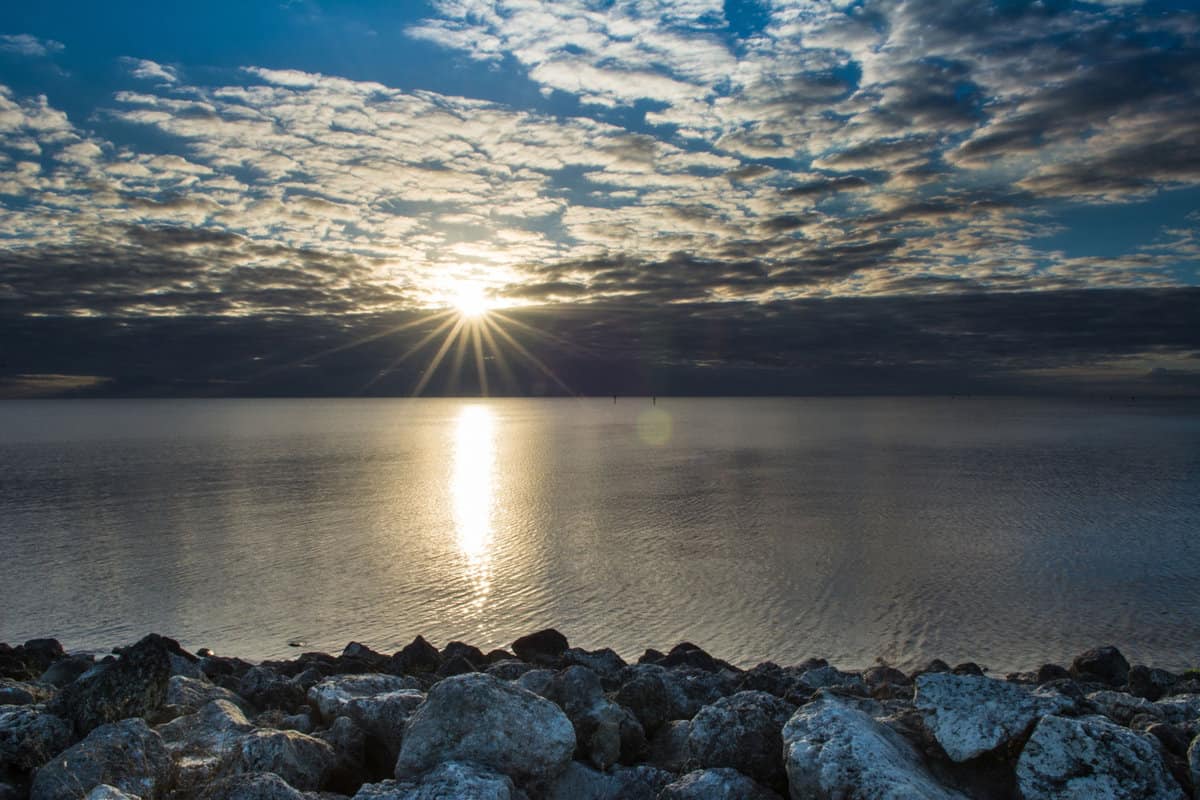
We're diving into the heart of Florida, beyond the crowded beaches and theme parks. We're venturing into its magical, wild, and natural charm — the magnificent lakes in Florida
Staggering Quantity and Immense Coverage
Do you know that there are over 30,000 lakes dotting the Sunshine State? It's an astounding number, isn't it? But it's not just about the quantity. These lakes collectively blanket over 3 million acres of Florida's landscape.
In simpler words, the area covered by these lakes is larger than Delaware — one entire state! A fact that's sure to leave you amazed.
But these lakes aren't just about the numbers; they're a crucial life source. They regulate Florida's climate, supply water, and maintain a balanced biodiversity. They are the arteries of the Sunshine State, ensuring life thrives in abundance.
A Diverse Array Across the State
The lakes in Florida are not confined to one region but are spread across the state, each contributing to the local ecosystem's health and diversity.
From the panhandle to the keys, these lakes, both natural and man-made, serve as habitats for a myriad of species.
They are home to countless fish, birds, and other wildlife, making Florida one of the most biodiverse states in the country.
This remarkable landscape of lakes is more than just a beautiful backdrop; it's a vital part of Florida's environmental health and a testament to the state's natural richness.
Lake Okeechobee: The Titan of Florida's Lakes
Among the numerous lakes that dot the landscape of Florida, one stands out due to its sheer size and significance - Lake Okeechobee.
This colossal body of water is not just the largest lake in Florida, but also the fourth-largest natural lake in the United States.
But what makes Lake Okeechobee truly remarkable isn't just its size. Let’s discover the various aspects that make this lake a titan among lakes in Florida.
Size and Location: A Geographic Marvel
Lake Okeechobee boasts a surface area of over 1,175 square miles.
Located in southern Florida, it's a geographic marvel that's hard to miss on any map of the state.
Ecological Significance: A Biodiversity Hotspot
Lake Okeechobee isn't just large; it's also ecologically significant.
Its vast waters and surrounding wetlands support a diverse range of flora and fauna, making it a hotspot for biodiversity.
From largemouth bass to the endangered snail kite, the lake is teeming with life.
Economic Importance: A Hub for Recreation and Water Management
Lake Okeechobee isn't just important for wildlife; it's also a crucial part of Florida's economy and water management system.
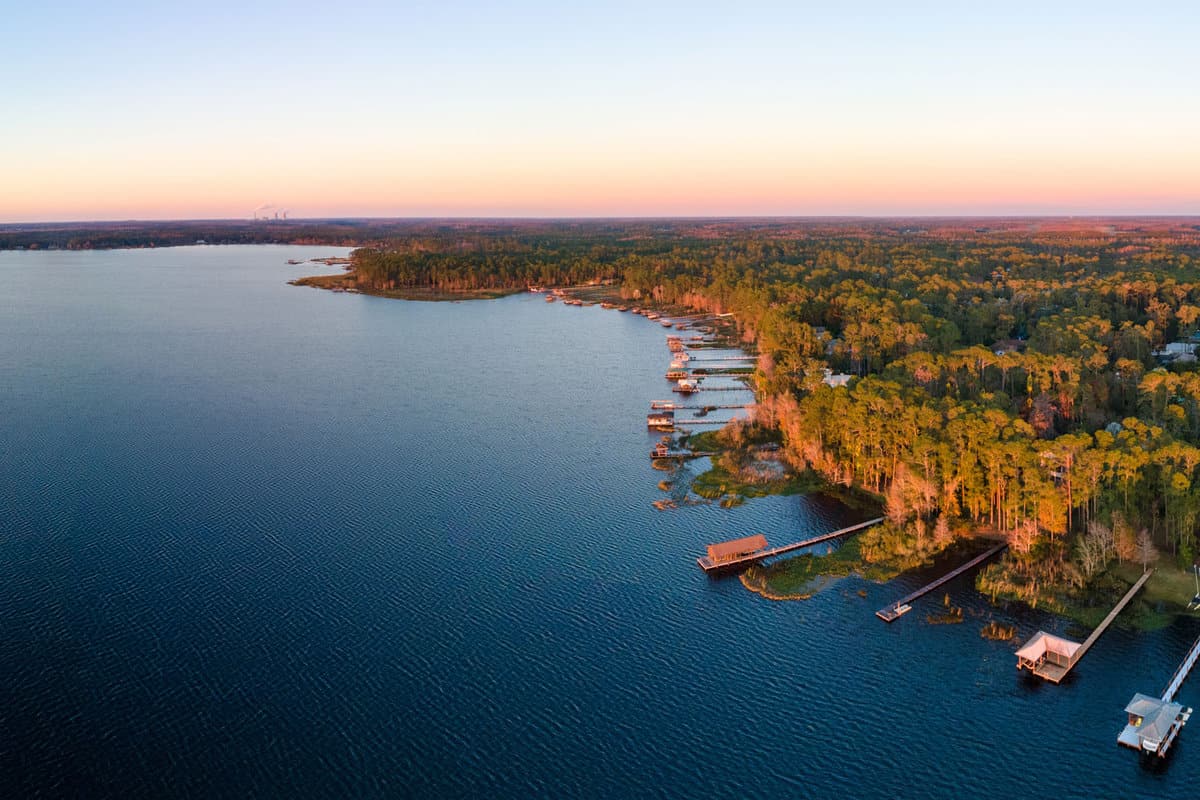
The lake is a popular destination for fishing, boating, and birdwatching, attracting tourists from around the world.
It also plays a key role in South Florida's water supply and flood control systems.
Cultural Significance: A Landmark in Florida's History
Lake Okeechobee has been a landmark in Florida's history for centuries.
From the indigenous peoples who first settled on its shores to the modern cities that now surround it, the lake has always been a vital part of life in Florida.
Each of these aspects makes Lake Okeechobee a true titan among Florida's lakes, a body of water that's as important as it is impressive.
Other Largest Lakes in Florida Next to Lake Okeechobee
While Lake Okeechobee might be the most famous and largest lake in Florida, it's far from the only large lake in the state.
Florida is home to a multitude of other large lakes, each with its unique characteristics and charm.
Let's explore some of these aquatic marvels, starting with the second-largest lake in the state:
Lake George
Lake George, located in northeastern Florida, is the second-largest lake in the state, spanning approximately 46,000 acres.
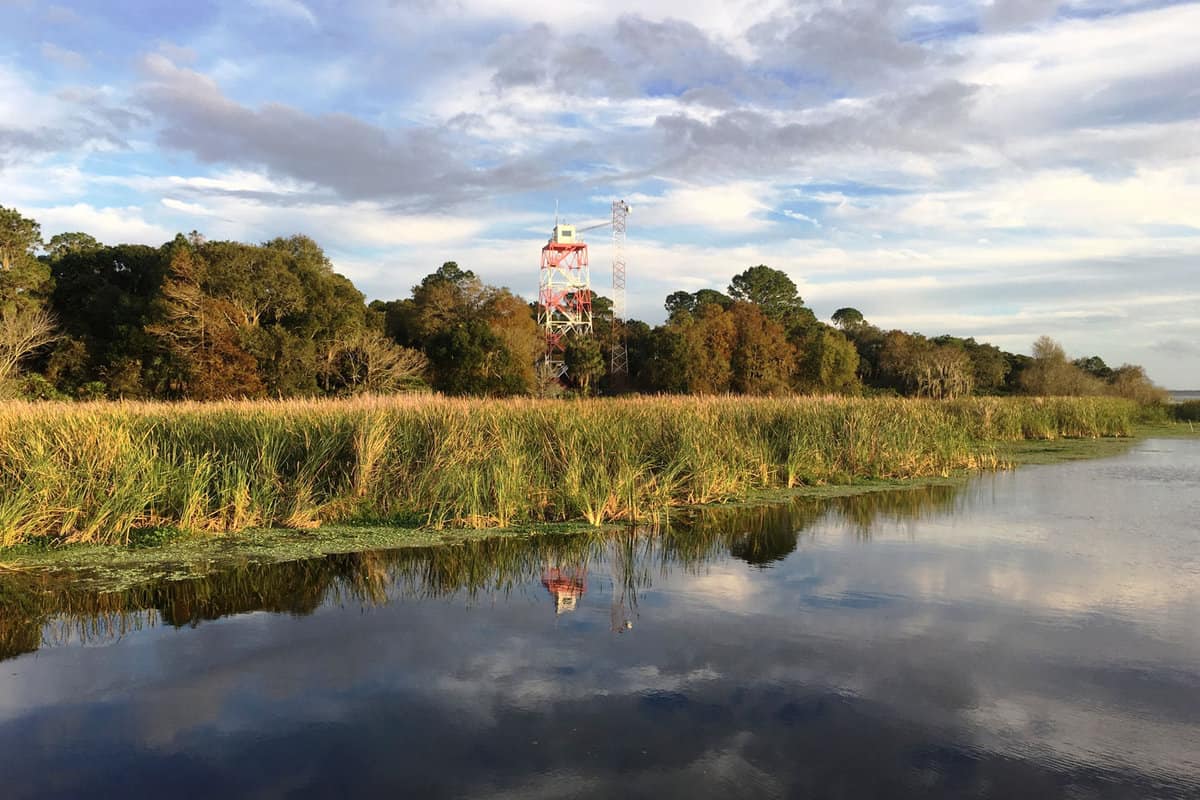
Known for its excellent fishing opportunities, it's a popular destination for anglers seeking largemouth bass.
The lake is also part of the St. Johns River system, playing a crucial role in the region's water flow and ecology.
Lake Apopka
Covering around 30,000 acres, Lake Apopka is the third-largest lake in Florida.
It has a unique history, having undergone significant restoration efforts after being severely polluted.
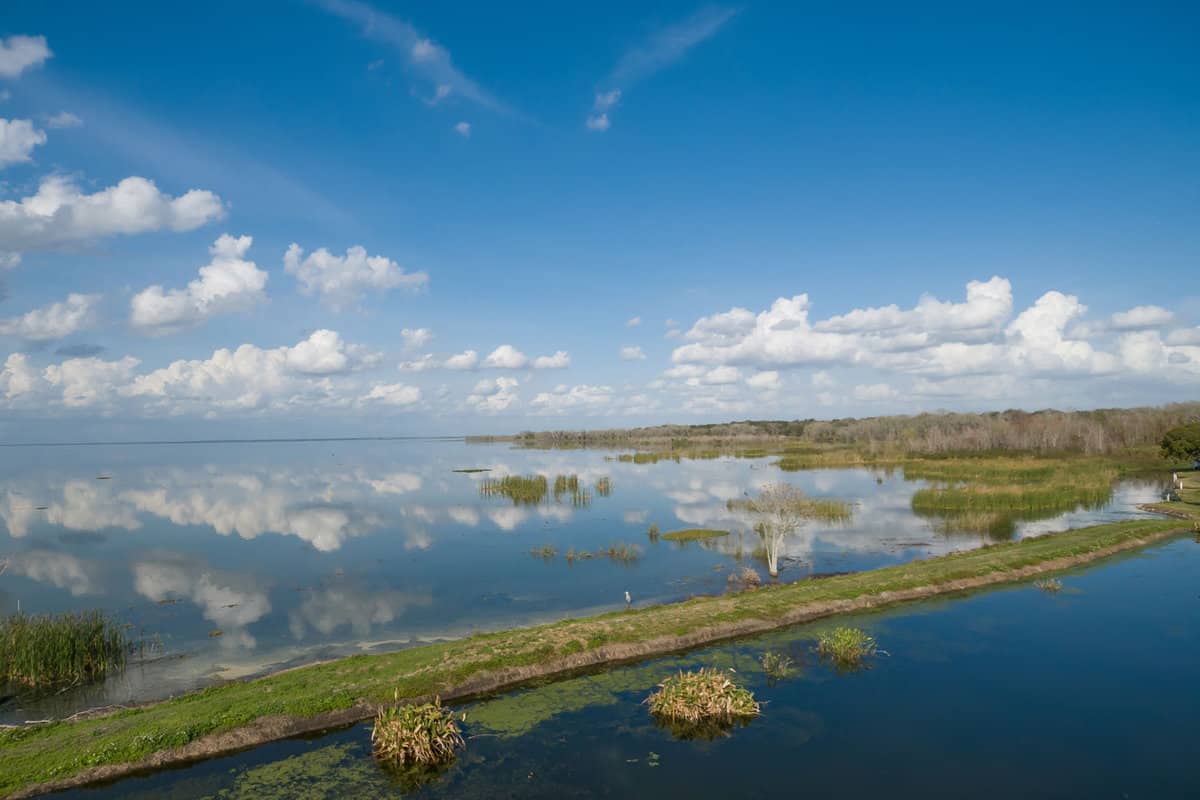
Today, it stands as a testament to environmental resilience, with improving water quality and increasing wildlife populations.
It's a shining example of how human intervention can help restore and preserve our natural environments.
Lake Kissimmee
Covering approximately 35,000 acres, Lake Kissimmee is the fourth-largest lake in Florida. It's known for its abundant wildlife, making it a great spot for birdwatching.
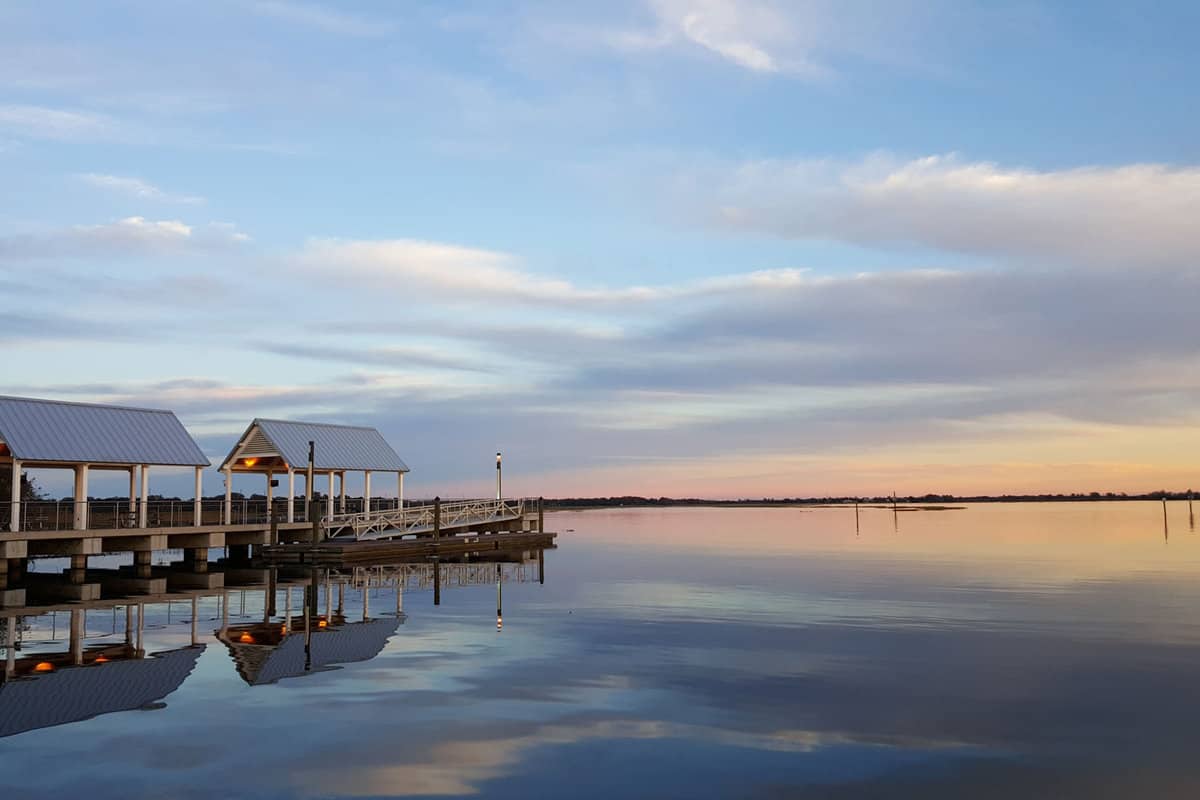
The lake is part of the Kissimmee Chain of Lakes, which plays a crucial role in water flow into Lake Okeechobee and the Everglades.
With its diverse habitats, it supports a wide variety of species, from largemouth bass to bald eagles.
Lake Istokpoga
Fifth on the list of largest lakes in Florida, Lake Istokpoga spans around 26,000 acres. It's renowned for its fishing, particularly for bass.
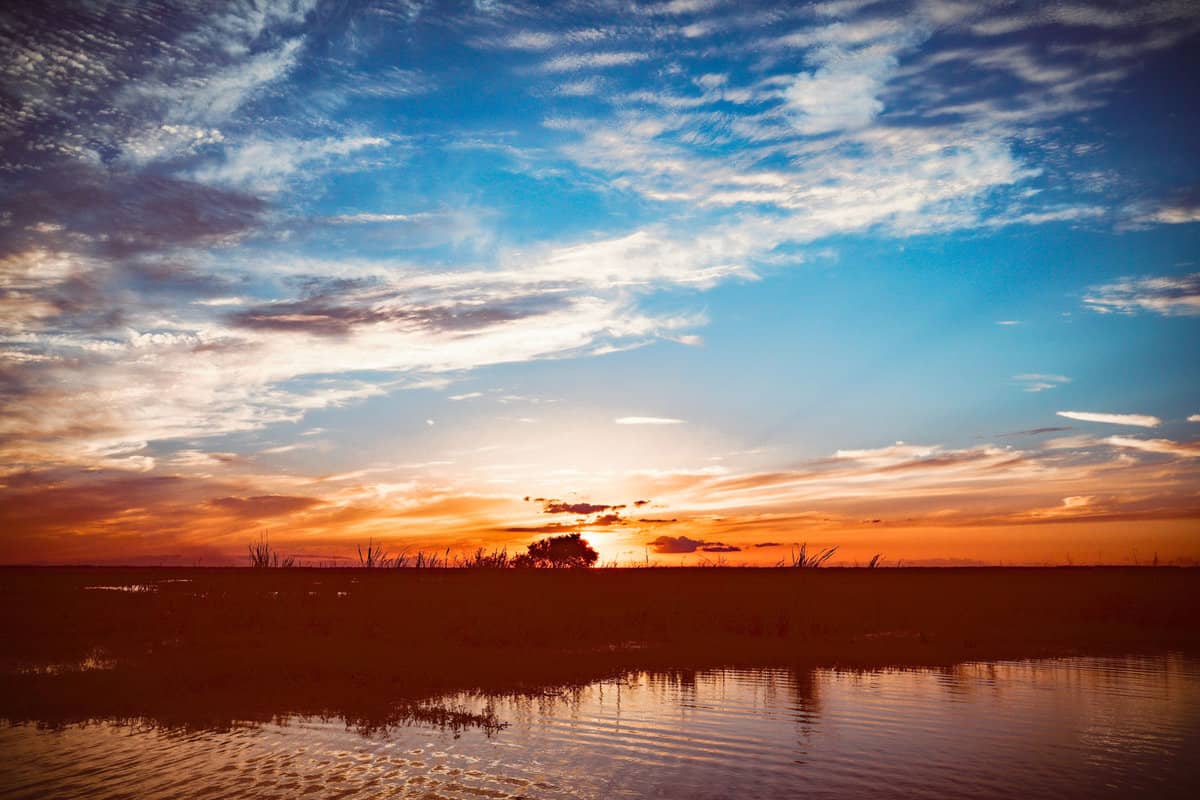
Its marshy shallows make it an ideal habitat for a variety of fish species, making it a favorite among anglers.
The lake also features several fish camps and resorts, further enhancing its reputation as an angler's paradise.
Lake Seminole
Straddling the border between Florida and Georgia, Lake Seminole is the sixth-largest lake in Florida, covering approximately 37,500 acres.
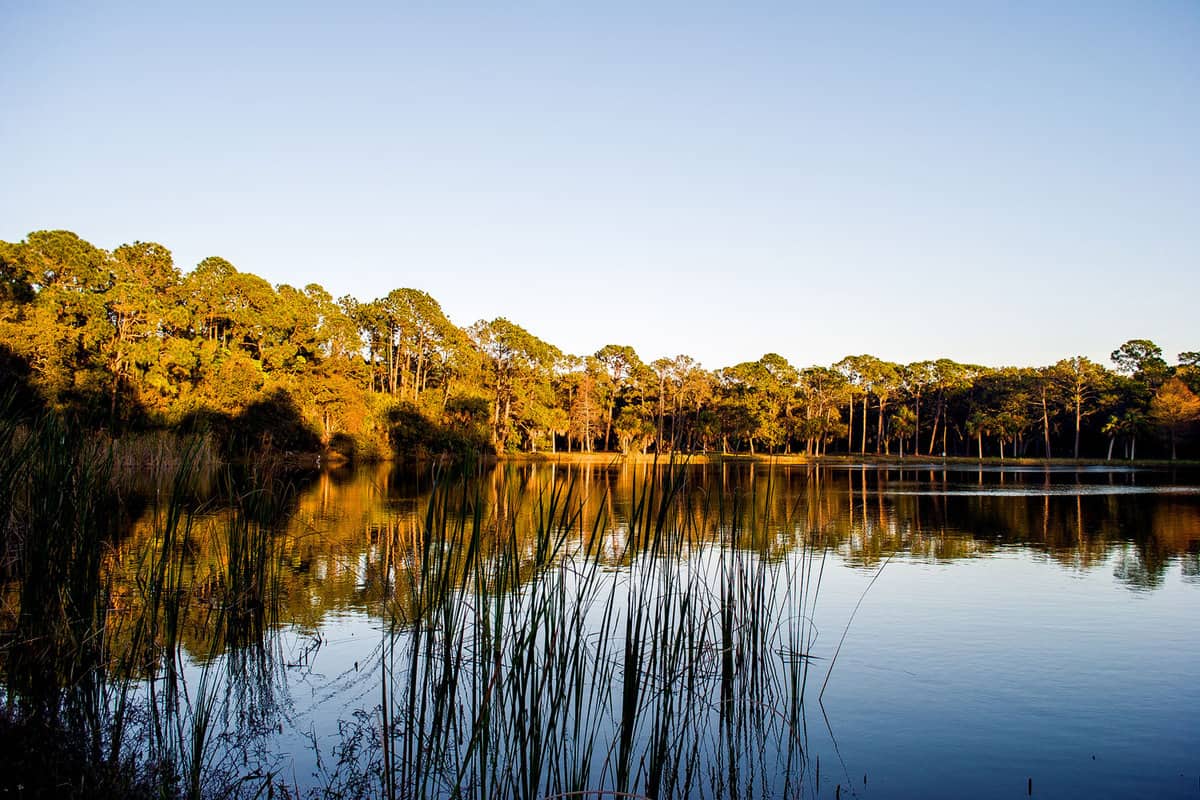
It's a popular destination for boating, fishing, and camping.
The lake is also known for its wildlife, with opportunities to see alligators, bald eagles, and a variety of waterfowl.
Lake Harris
Lake Harris, the seventh largest lake in Florida, covers about 13,788 acres.
It's part of the stunning Harris Chain of Lakes, known for its clear waters and scenic views.
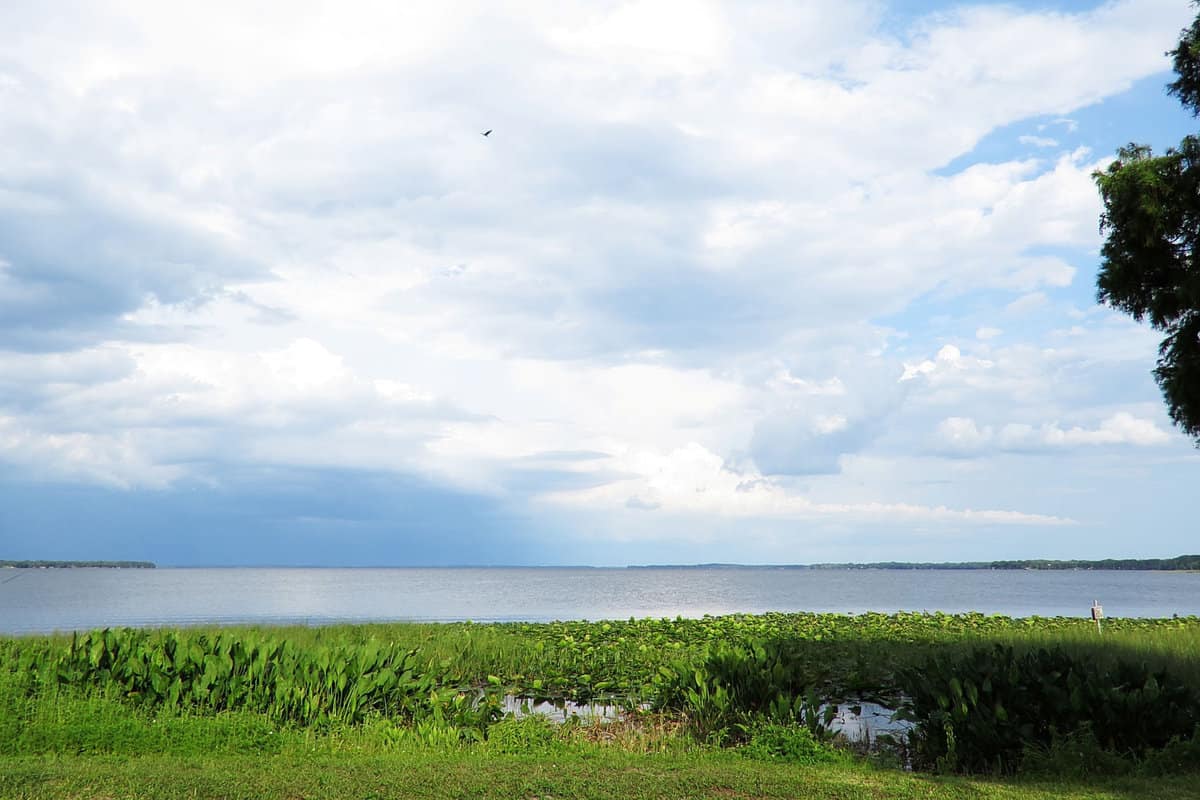
The lake is a popular destination for boating and fishing, with largemouth bass being a common catch.
Lake Tohopekaliga
Often simply called Lake Toho, this is the eighth-largest lake in Florida, covering approximately 22,700 acres.
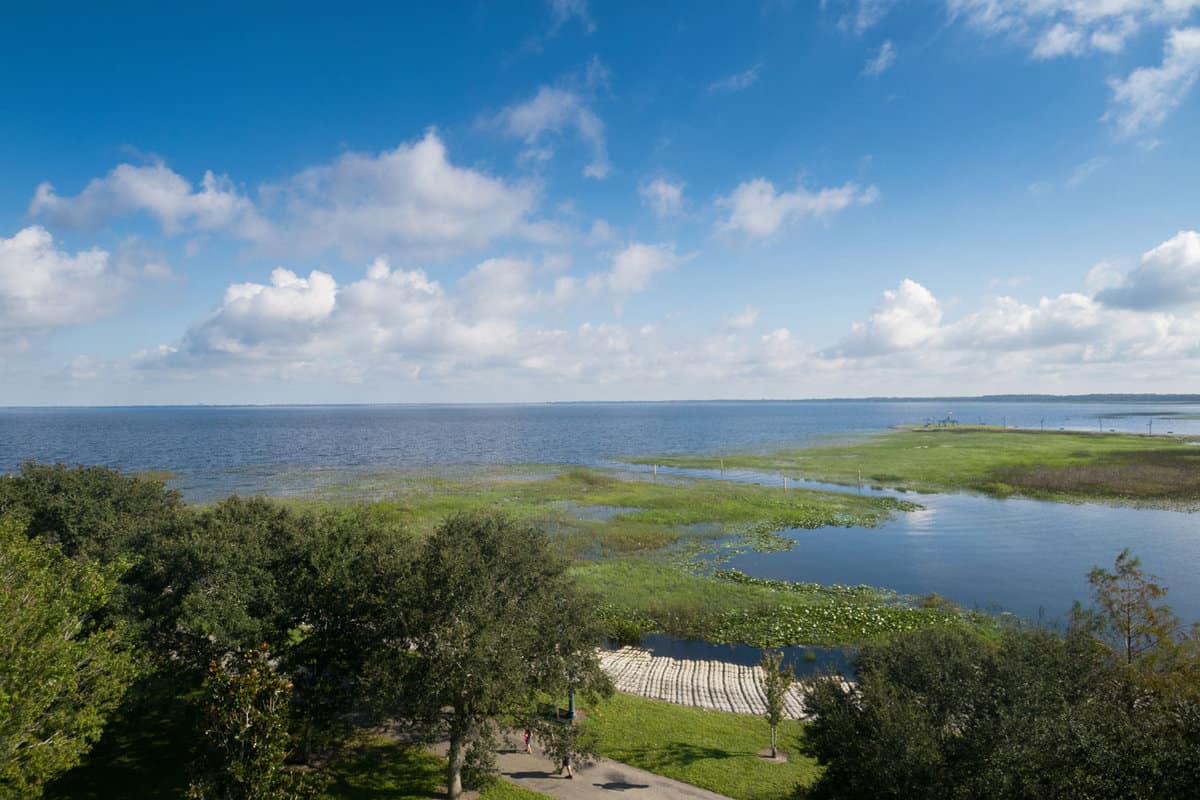
It's an important part of the headwaters of the Everglades and is known for its trophy bass fishing.
The lake is also home to a variety of wildlife, including alligators and numerous bird species, making it a popular spot for wildlife viewing.
Lake Eustis
Ninth on the list of largest lakes in Florida, Lake Eustis covers about 7,806 acres and is located in Central Florida.
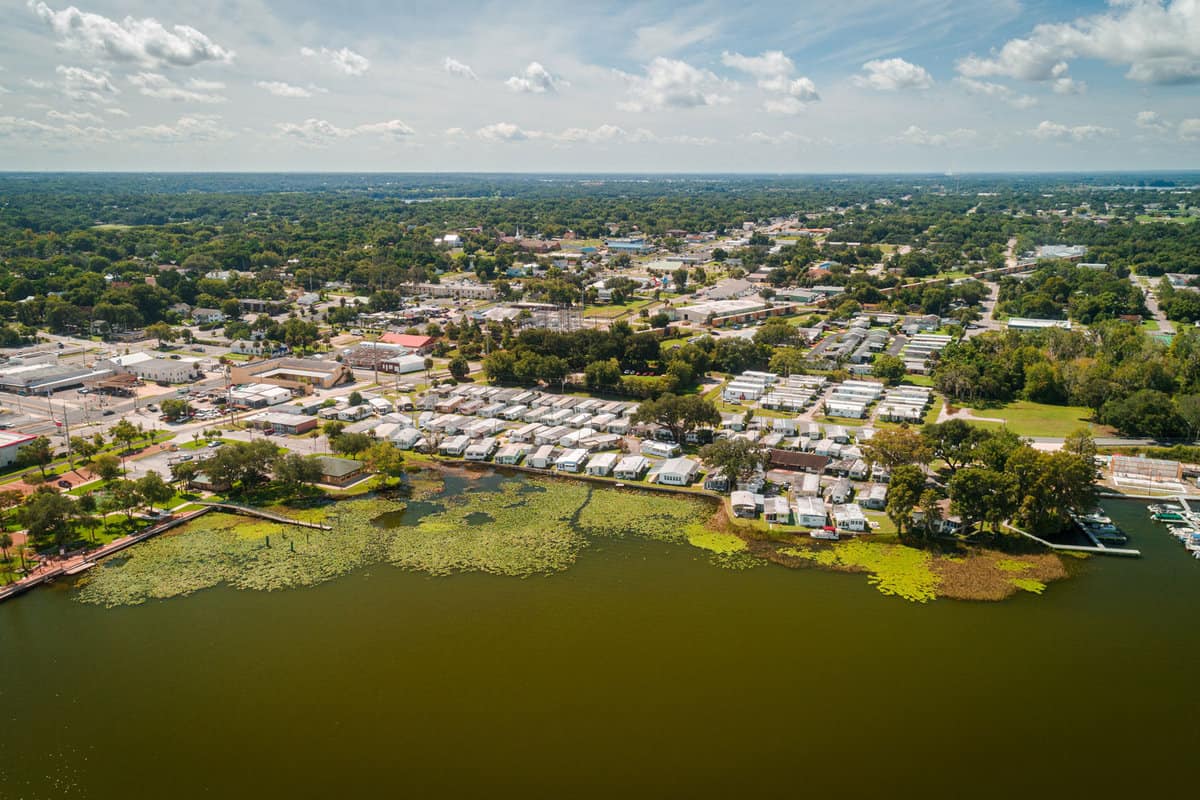
It's a popular spot for boating and fishing, with several annual fishing tournaments.
The lake is part of the Harris Chain of Lakes, and its waters eventually flow into Lake Griffin and then the Ocklawaha River, which is a tributary of the St. Johns River.
East Lake Tohopekaliga
Rounding out the top ten, East Lake Tohopekaliga, also known as East Lake Toho, covers approximately 12,000 acres.
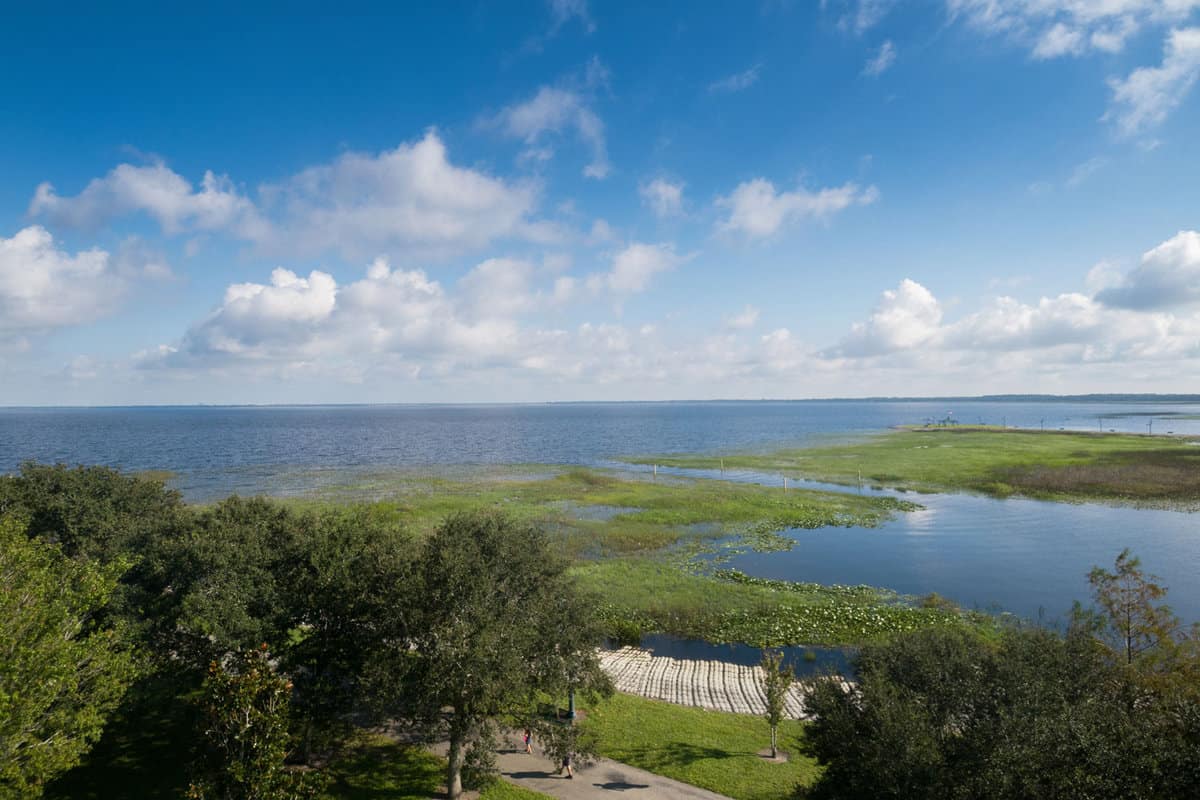
It offers a peaceful retreat for visitors and is a great spot for boating, fishing, and wildlife viewing.
The lake is also known for its beautiful waterfront park, which features a marina, a playground, and picnic areas.
Concluding Our Exploration of Lakes In Florida
Florida's lakes are more than just bodies of water; they are vital parts of the state's ecosystem, economy, and cultural identity.
With their diverse wildlife, recreational opportunities, and economic benefits, these lakes are truly Florida's aquatic treasures.
Whether you're a resident or a visitor, exploring these lakes offers a deeper understanding and appreciation of the Sunshine State.
Check for more interesting articles to read below.
9 Hidden Gems in Florida That Only Locals Know About
8 Scenic Hiking Trails in Florida for Nature Lovers
